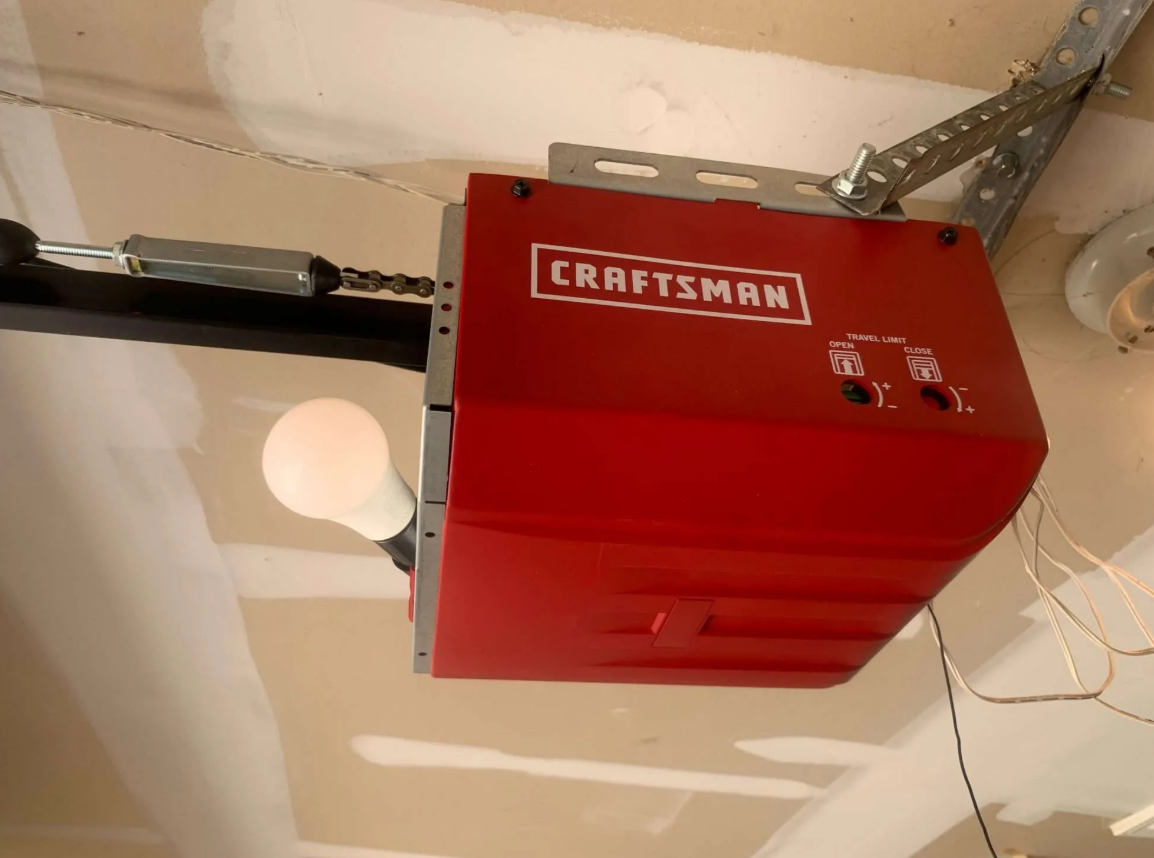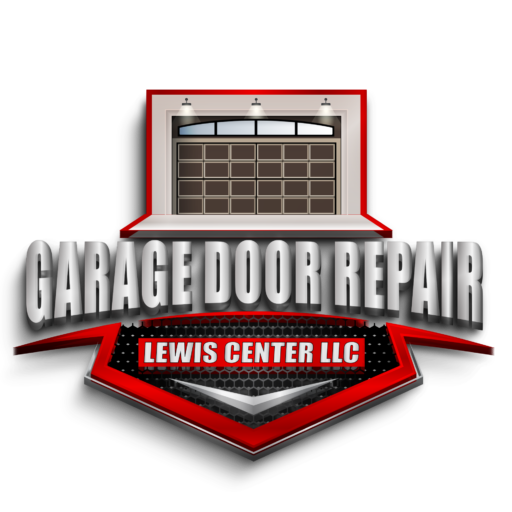- Commercial Garage Door
- Garage Door Opener Installation
- Garage Door Spring Repair
- Same Day Garage Door Repair
- Custom Garage Doors
- Garage Door Opener Repair
- Garage Door Track Repair
- Garage Door Cable Repair
- Garage Door Panel Repair
- Local Garage Door Repair
- Garage Door Replacement
- Noisy Garage Door Fix
- Garage Door Installation
- Garage Door Section Replacement
- Overhead Garage Door Repair

Troubleshooting Tips: Is It Time for Garage Door Opener Repair?
When your garage door opener stops working correctly, it can quickly disrupt your daily routine. Fortunately, diagnosing common issues doesn’t have to be overwhelming. With this guide to garage door opener repair, we’ll walk you through some of the most frequent problems and how to pinpoint their causes.
First Steps in Diagnosing Garage Door Opener Problems
Before jumping into complex troubleshooting, start with these basic checks. You’d be surprised how often the fix is simpler than it seems.
Check the Power Source
One of the most overlooked issues is the power supply. Verify that your garage door opener is plugged in securely and that the outlet is functioning correctly. You can test the outlet by plugging in another device to see if it works. If not, you may need to check your circuit breaker.
Inspect the Remote and Wall Switch
If the wall switch opens the door but the remote doesn’t, the issue might lie with the remote. Begin by replacing the remote’s batteries. If that fails, try reprogramming it according to the manufacturer’s instructions. On the other hand, if neither the remote nor the wall switch works, the problem might be with the opener itself.
Test the Safety Sensors
Modern garage doors rely on safety sensors to prevent accidents. If your garage door won’t close completely, the sensors could be misaligned or dirty. Inspect the sensors on either side of your garage door frame, ensuring they are aligned and free of any dirt or debris. Cleaning them with a soft cloth often resolves the issue.
Advanced Troubleshooting Techniques
If the basic checks don’t solve the problem, it’s time to dig a little deeper into the mechanics and electronics of your garage door opener.
- Inspect the Tracks and Rollers – Misaligned or damaged tracks can stop your garage door from operating smoothly. Check the tracks for obstacles or bends, and ensure the rollers move freely.
- Examine the Tension Springs and Cables – Worn-out springs or frayed cables can prevent the opener from functioning. However, repairing or replacing these components is hazardous and best handled by a professional.
- Listen for Noises – Strange sounds like grinding or squealing can indicate mechanical issues. Lubricating moving parts or tightening loose components might fix the problem.
Prevent Common Issues with Routine Maintenance
Keeping your garage door opener in good condition helps prevent breakdowns. Periodic maintenance is key.
- Lubricate Moving Parts – Use a garage door-specific lubricant on the chain, rollers, and hinges. This reduces friction and extends the lifespan of your opener.
- Test Auto-Reversal Features – This safety feature ensures the door reverses if it encounters resistance. Place a small object in the door’s path to confirm this function works correctly.
- Schedule Regular Inspections – Once a year, have a professional inspect your garage door system. They can identify potential problems before they escalate.
When to Call an Expert
Some fixes, particularly those involving electrical components or springs, can be dangerous without the proper tools or expertise. If you’re unsure how to proceed or the problem persists after trying these tips, reaching out to a professional is the safest option.
Diagnosing problems with your garage door opener doesn’t have to be complicated. By starting with basic checks and progressing to advanced troubleshooting, you can identify many issues on your own. Remember, if any repair feels out of your comfort zone, it’s always best to rely on a professional. For trusted expertise and reliable service, contact Garage Door Repair Lewis Center to get your system back on track.

